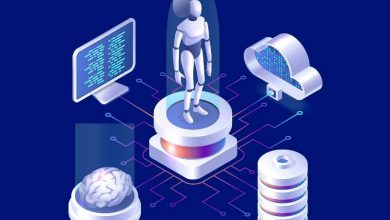Human Genius vs. Artificial Intelligence: An In-Depth Analysis of Bard and ChatGPT Language Models
Bard and ChatGPT are both language models, but they differ in several important ways. Here’s a detailed analysis of the two:
- Training Data:
The Bard is a term used to refer to William Shakespeare, a renowned English playwright and poet. His work spans several genres and styles, including plays, sonnets, and narrative poetry. He wrote during the late 16th and early 17th centuries, and his works have been studied and celebrated for centuries.
ChatGPT, on the other hand, is a state-of-the-art language model created by OpenAI, an artificial intelligence research organization. It is based on a transformer architecture and was trained on a massive corpus of text from the internet, including books, articles, and websites.
While both Bard and ChatGPT were trained on language data, the nature and size of their training data sets differ significantly. The Bard’s training data consists of his own writings and works of other authors that were popular during his time. ChatGPT, on the other hand, was trained on millions of documents and web pages in various languages.
- Knowledge:
The Bard is known for his literary expertise, including his mastery of English language and literature, his ability to write in multiple genres, and his deep understanding of human nature and emotion. His works are often studied in literature classes and are considered some of the greatest pieces of literature in the English language.
ChatGPT, on the other hand, is a machine learning model designed to mimic human language. While it has the ability to understand and generate text in various languages, it lacks the artistic and emotional depth of a human writer. Its knowledge is based purely on the data it was trained on and cannot draw from personal experiences or emotions like a human writer.
- Creativity:
The Bard is known for his creativity, including his ability to create memorable characters, intricate plots, and beautiful language. His works have inspired countless adaptations, interpretations, and responses from other writers and artists over the centuries.
ChatGPT, on the other hand, can generate creative text based on the patterns and structures it learned from its training data. It can generate new text based on prompts and can even generate poetry and other forms of creative writing. However, its creativity is limited by the patterns and structures it learned during training and cannot deviate from them like a human writer.
- Contextual Understanding:
The Bard had a deep understanding of the cultural, historical, and social context of his time, which he often incorporated into his works. He was also skilled at creating dialogue that reflected the different social classes and cultures of his time.
ChatGPT, on the other hand, lacks the cultural and historical context of the human experience. While it can understand and generate text based on patterns and structures, it cannot fully comprehend the nuances and complexities of human culture and society.
In conclusion, while both the Bard and ChatGPT are language models, they differ significantly in their training data, knowledge, creativity, and contextual understanding. The Bard is a human writer with a deep understanding of language and literature, while ChatGPT is an artificial intelligence model designed to mimic human language. Each has its strengths and limitations, and they serve different purposes in the realm of language and communication.




